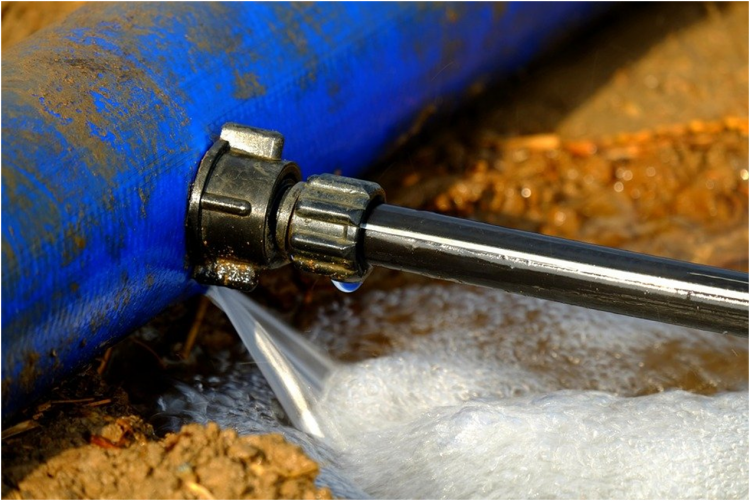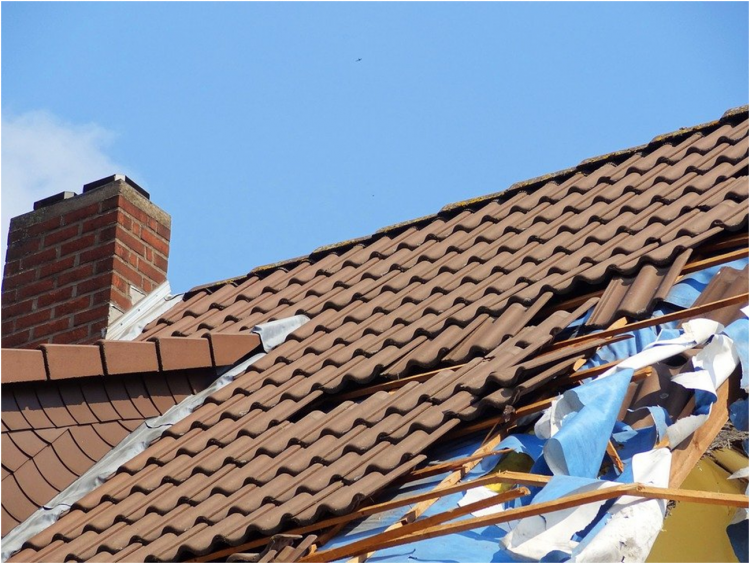Moldy drywalls, mildewed grouts, and flood basements are not easy to deal with. This is why you need to narrow down to the following tips to help you prevent the growth of mold, water damage, and most importantly, deal with the situation if they happen:
1. Control the Moisture in Your Home
The ultimate goal for stopping mildew and mold is to control the dampness of your home. Mostly, infestation happens in attics, walls, damp crawlspaces, and basements with poor drainage foundation.
Keeping crawlspaces dry, ventilating attics, routing water away from your drainage foundation, stopping leaks, and considering mold remediation & inspection services should be your first line of defense you need to prevent molds from growing.
2. Ascertain That the Bath Fan is Big
The size of your bath fan can impact your strategy for preventing the growth of mold after water damage. If your fan is not clearing moisture in the bathroom within ten minutes, then it’s not moving air properly. Normally, a fan is certified by the volume of air removed out of your home. To get the right fan size for your bathroom, you need to multiply the square footage of the room by 1.1.
You can see the size of your fan by checking under the grille, so if you have a smaller fan, you can replace it with a bigger model.
3. Use Humidity Sensors and Timers
Fan timers are essential since humidity may cause everything from moisture and rotting walls to mildew and window condensation. Modern wall switch timers come with dual controls for turning off fans and light after a stipulated time.
You may buy one of the best humidity-sensing fans made to turn on and off automatically as moisture levels at the ceiling fall and rise.
4. Mop Your Bathroom after You Shower
Immediately after taking a shower, it’s recommendable to mop the walls of your bathroom. This helps to get rid of the moisture supporting the growth of mildew and mold.
5. Clean Every Mold You See
Molds grow in every wet surface, like grout lines of the ceramic tiles in a bathroom. To completely eliminate molds, you can scrub the surface with water and detergent and then let it dry properly.
Alternatively, you may use any solution with a bleaching agent, but it should not be too strong. This is because the final result will not be good. While using the solution, you can brush or spray and let it sit for around ten minutes. You may use non-toxic control products, such as Concrobium, because they’re effective, especially if used after two or three months.
6. Consider Paint with Mildewcide
Mildewcide in paint is effective in controlling molds in wet areas, including shady places. Most paints have mildewcide in them. These paints prevent the growth of molds by penetrating and disrupting their spores. With that, spores will not be able to reproduce or grow.
Today, you will come across many paints with mildewcide. However, before buying any paint, it would be best to always check for different options from dealers to be certain of everything.
7. Always Stop Leaks after Detecting
One way of preventing molds immediately after water damage is to learn how to act fast in emergencies. A plumbing leak may dump a few gallons in just one minute into your house. This is why you need to be fast to stop the leak. Shutting off the water valve is one of the obvious moves you need to make.
Though there are still some gallons of water, which are held in pipes. Hence, you need to turn on the faucet in your home that will harmlessly let water drain out rather than from your leaking pipe.
8. Do the Cleanup Right Away
The more things remain wet in your home, the more you will experience permanent damages. Molds don’t grow without moisture; thus, the best thing to do is to handle wet areas in your home right away. This means that you should clean the damp areas within 48 hours or less. Whether these areas include furniture or bedding, cleaning the affected places can be a great way to prevent molds’ development.
Delays may result in mold issues inside the walls of your house, costing you a lot of money to eradicate the problems. Hence, before you rush into buying any plumbing part, make sure you clean up all the mess.
9. Don’t be too Hasty to Act
When pipe leaks, your first step can be to rush in and rescue the things in your house. However, water can be risky, so it would be wise to take some precautions and wear your boots. When water comes in contact with electrical appliances, it can be deadly for you and your family. The best thing to do is to stay away from the water until your utility or an electrician turns off the main power in the basement.
Additionally, floodwater may also have harmful chemicals that can breed very dangerous bacteria. Therefore, if you must save your stuff, you need to protect open sores and cuts from the floodwater. You may also put on the plastic gloves when picking up your things in a flooded basement or home.
10. Focus on Avoiding the Main Causes of Water Damage
Coming back home to a plumbing seepage can be discouraging. Whether you are coming from work or a trip, you can always prevent this problem. To achieve this, you need to shut off your water valve when you are away from home. You may also use stainless steel for faucets, toilets, and washing machines.

The Bottom Line!
As the patterns of weather change and storms become prevalent and more intense, the potential for mold growth and water damage also increases. Many homeowners globally are dealing with moisture issues, which people have never dealt with before.
Therefore, if you have not experienced the problem yet, you have a better chance of preventing the issue. Whether you prefer cleaning your bathroom immediately after taking a shower or using sensors and timers, your effort for preventing mold development and water damage will bore good fruits in the end.




